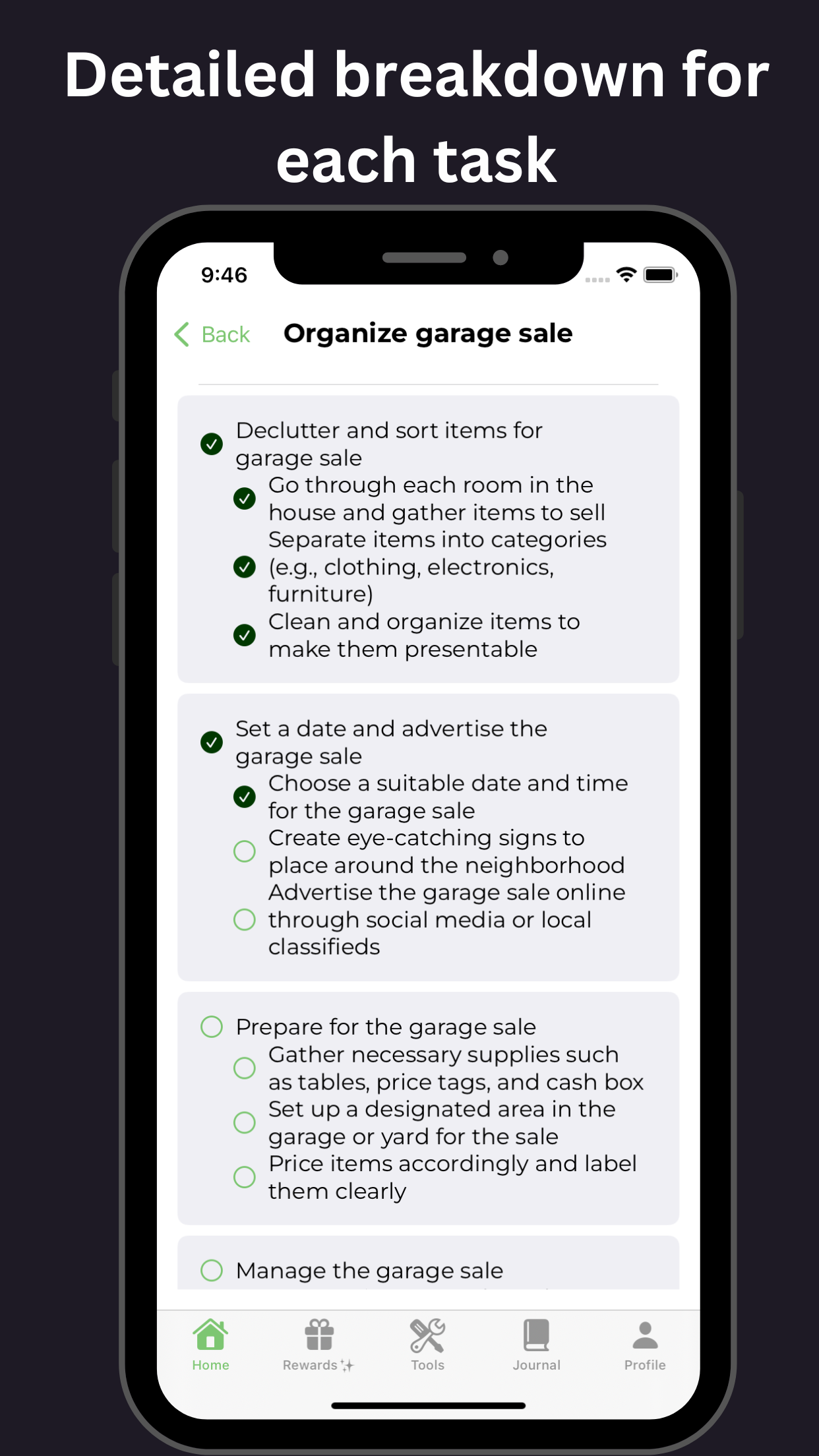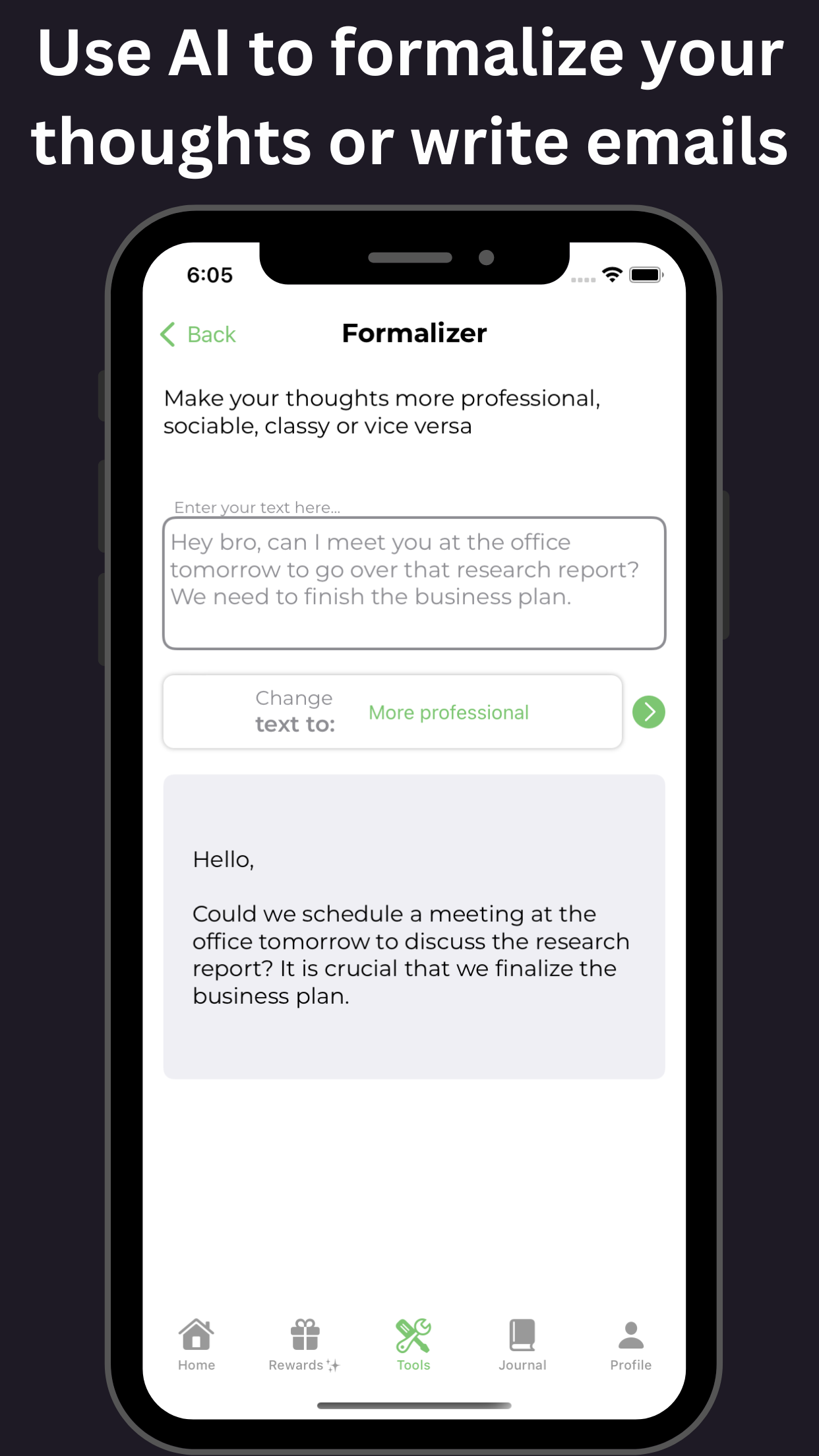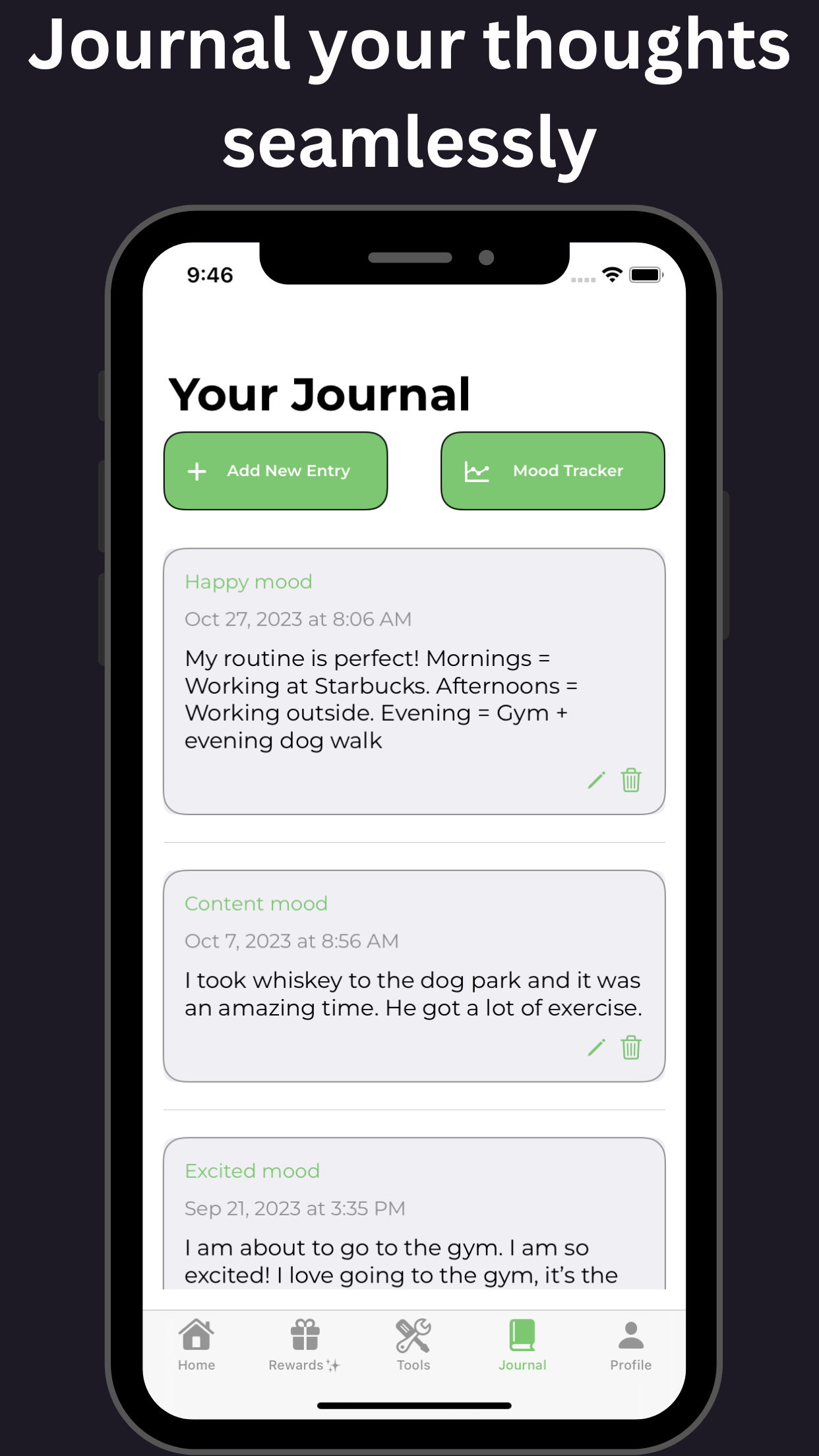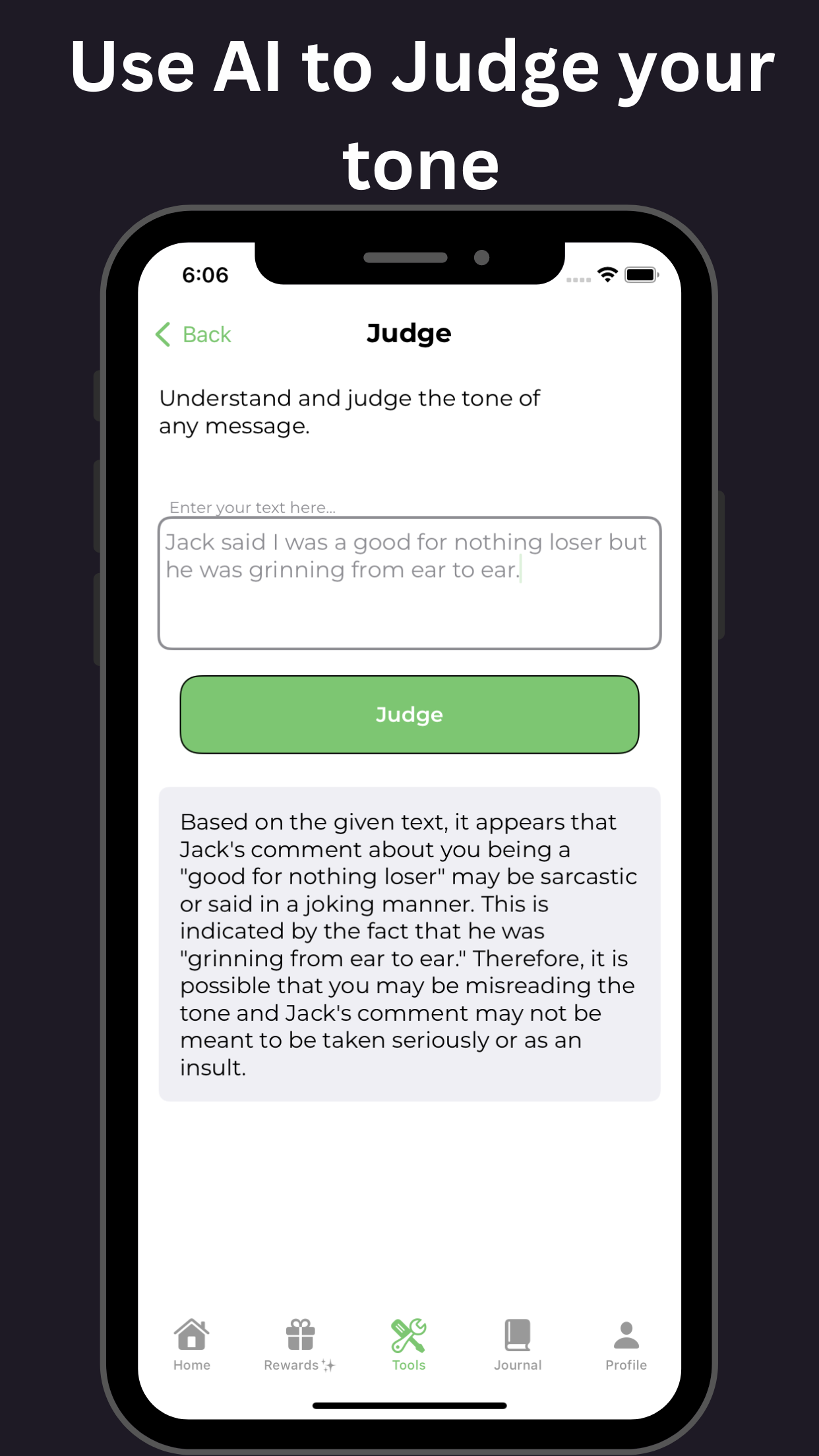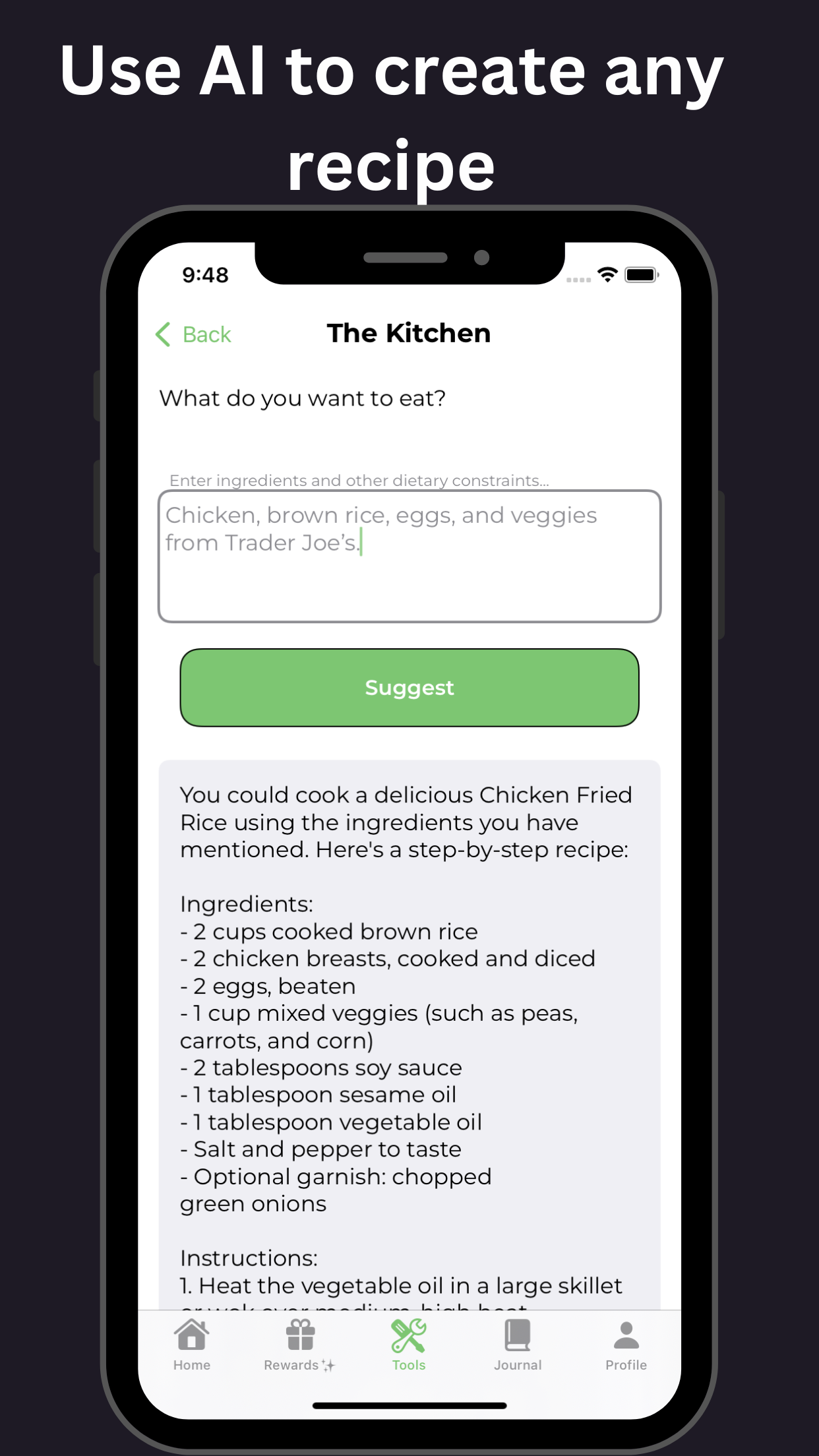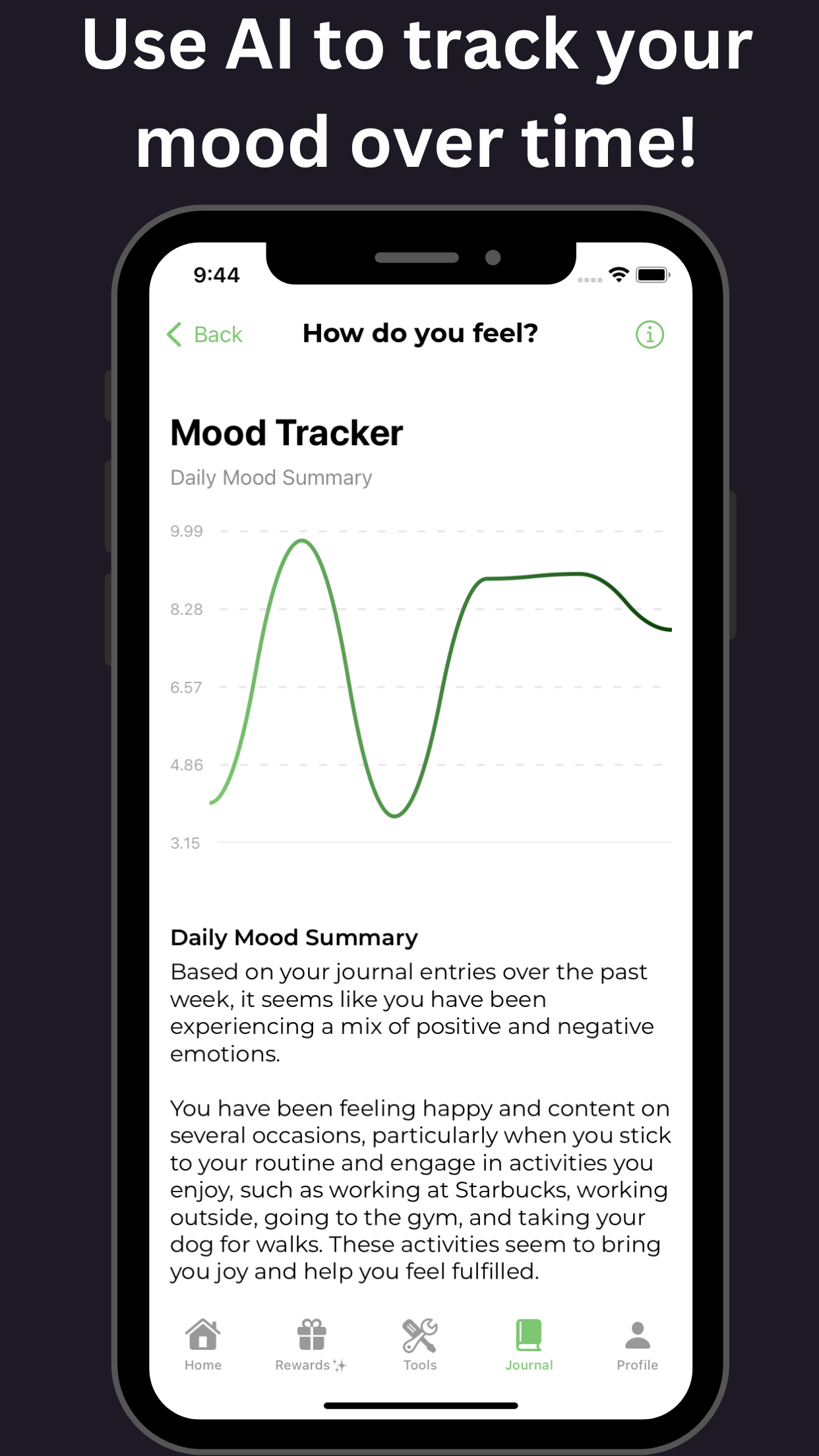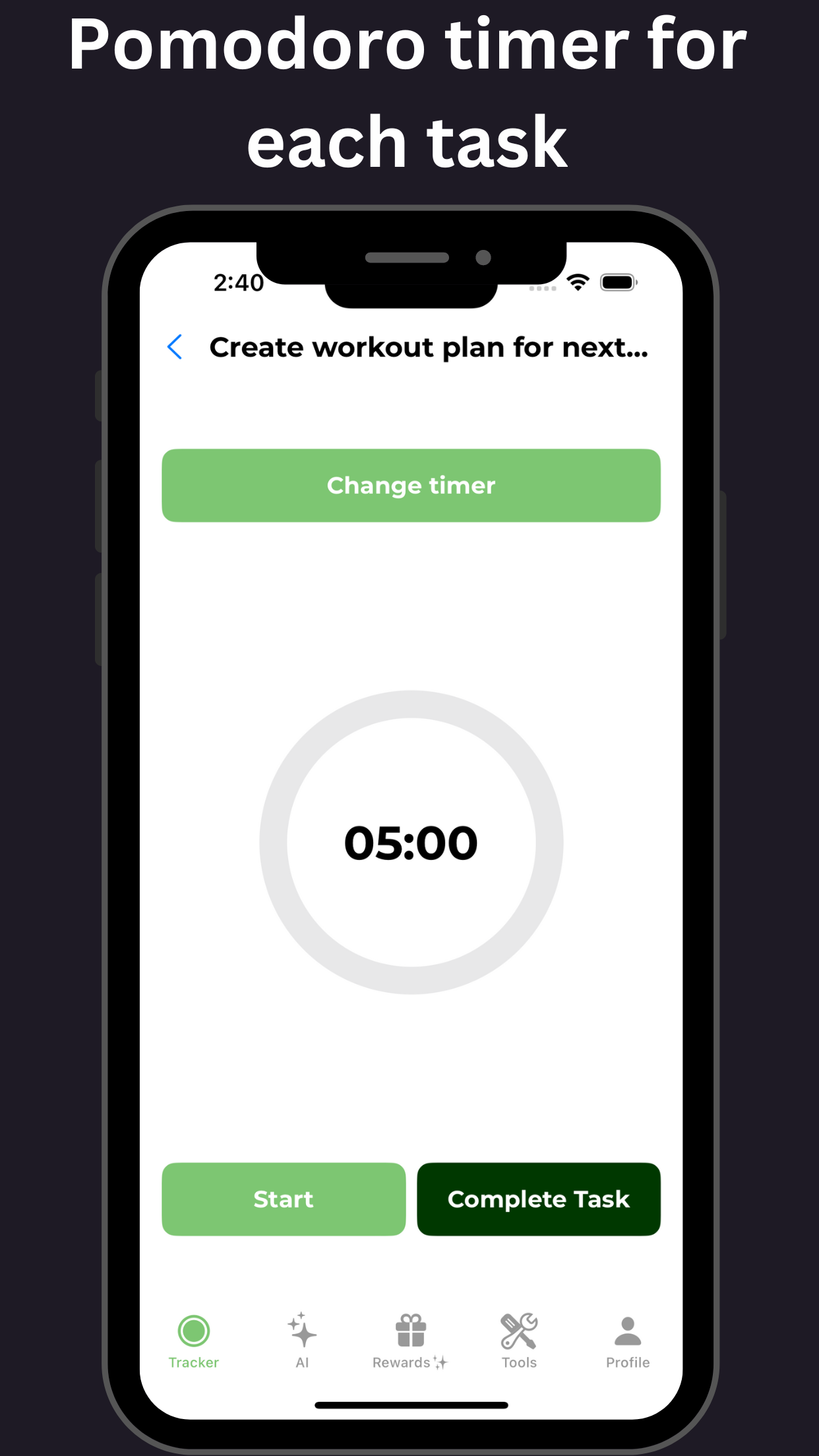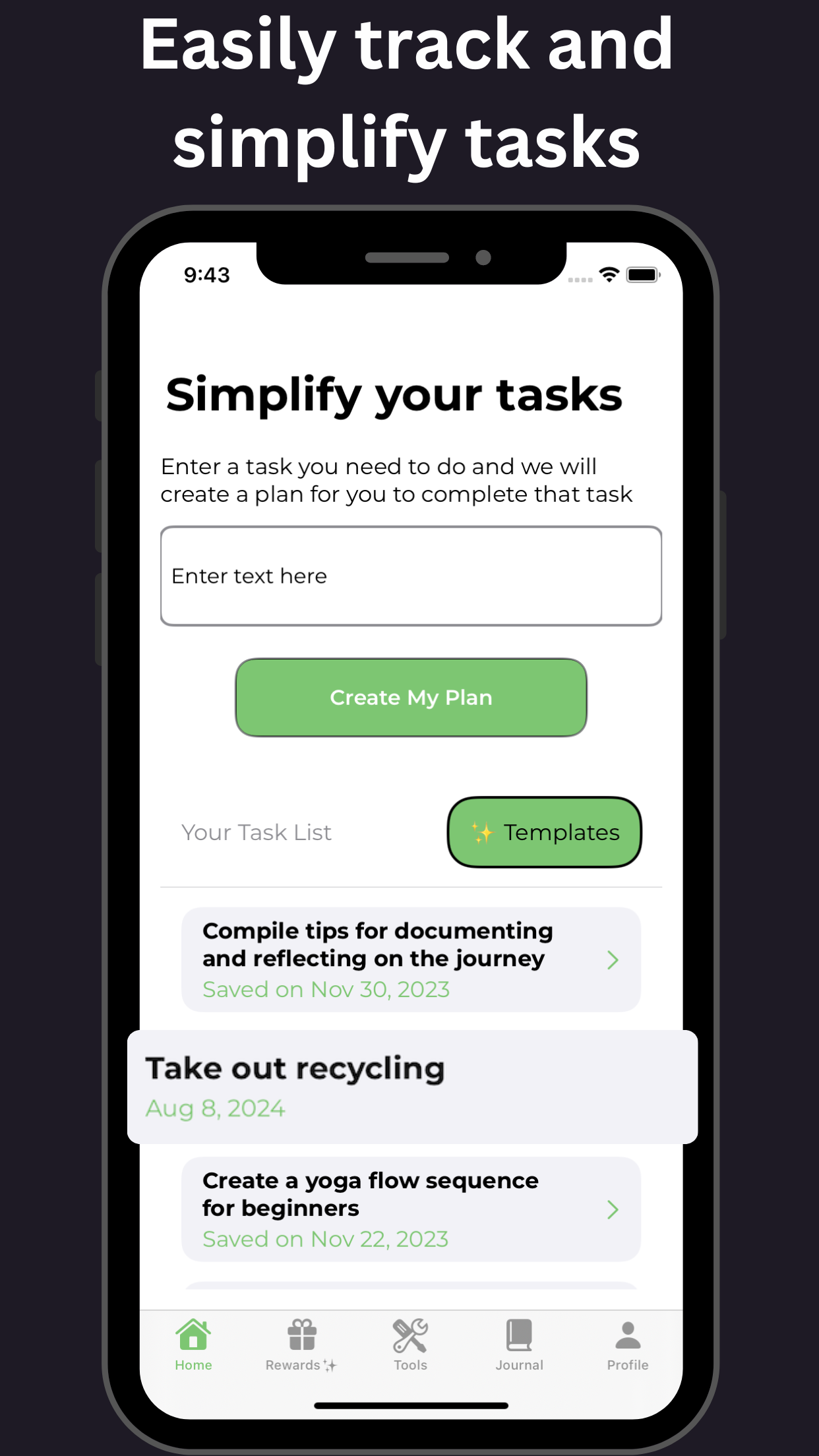Understanding and Managing ADHD Conversations: Effective Strategies for Encouraging Open Communication and Productive Dialogue Regardless of Distractibility and Disorganization
Key Takeaways
| # | Key Takeaways |
|---|---|
| 1 | Listen actively and validate the individual's experience without judgment. |
| 2 | Focus on the impact of ADHD on daily life rather than making assumptions or criticisms. |
| 3 | Use "I" statements to express concerns and avoid blaming or attacking language. |
| 4 | Avoid offering unsolicited advice or trying to "fix" the individual. |
| 5 | Encourage open communication and ask questions to clarify understanding. |
| 6 | Emphasize the individual's strengths and abilities, rather than solely focusing on challenges. |
| 7 | Be patient and understanding when discussing sensitive or frustrating topics. |
| 8 | Offer support and resources, such as therapy or support groups, to help the individual manage ADHD. |
| 9 | Respect the individual's boundaries and avoid pushing them to disclose more than they're comfortable sharing. |
| 10 | Continuously educate yourself on ADHD to better understand the individual's experiences and challenges. |
Starting Strong: How to Initiate a Conversation with Confidence
Tips for Successful ADHD Conversations
Initiating a conversation with confidence is crucial, particularly when dealing with individuals with ADHD who often struggle with executive function and social interactions. A strong conversation start can set the tone for a productive and respectful discussion. Here are some tips to enhance ADHD conversations:
Pre-Conversation Preparation
- Choose the right time and place: Select a private, quiet area with minimal distractions where the individual with ADHD feels comfortable and secure.
- Prepare the agenda: Clearly outline the purpose and scope of the conversation to help the ADHD individual stay focused.
- Use simple language: Avoid using jargon or complex terms that may confuse the person with ADHD.
Initiating the Conversation
- Be direct and clear: State the purpose and expectations of the conversation in a straightforward manner.
- Use open-ended questions: Encourage the individual with ADHD to share their thoughts and feelings by asking open-ended questions that begin with what, how, or why.
- Be patient and non-judgmental: Allow the person with ADHD to process information and respond at their own pace.
Maintaining the Conversation
- Use visual aids: Incorporate visual tools like whiteboards, pictures, or diagrams to illustrate complex concepts and keep the conversation engaging.
- Take breaks: Schedule regular breaks to give the individual with ADHD time to recharge and focus.
- Show empathy and understanding: Validate the person’s feelings and experiences to create a safe and supportive environment.
By employing these tips, individuals with ADHD can develop the confidence and skills needed to initiate and maintain successful conversations.

Finding Quiet Spaces: Tips for Talking with ADHD in Noisy Environments
Conversations with individuals with ADHD can be challenging, especially in noisy environments where hyperactivity and distractions can lead to frustration and misunderstandings. To improve ADHD conversations, it’s essential to find quiet spaces that enable effective communication.
Benefits of Quiet Spaces for ADHD Conversations
- Reduce distractions and stress
- Improve focus and concentration
- Enhance communication and understanding
- Foster meaningful connections and relationships
Tips for Finding Quiet Spaces
- Identify quiet areas: Look for quiet spaces in homes, offices, or public areas, such as reading rooms or libraries.
- Schedule quiet time: Agree on quiet periods with others to minimize interruptions.
- Use noise-cancelling tools: Leverage noise-cancelling headphones or apps to reduce ambient noise.
- Create a dedicated space: Designate a calm area specifically for ADHD conversations.
- Be flexible: Adjust plans if noise levels increase unexpectedly.
By following these strategies, you can create a conducive environment for facilitating meaningful ADHD conversations, building stronger connections and improving communication.
10 Steps to Hold a Good Conversation with ADHD: A Guide
Engaging effectively with individuals who have ADHD can be challenging due to symptoms that affect conversational dynamics. Here are top strategies to enhance ADHD conversation:
- Prepare in advance: Research topics beforehand to ensure a smooth discussion.
- Choose a quiet and comfortable setting: Minimize distractions to facilitate focus.
- Use clear and concise language: Simplify complex sentences to aid understanding.
- Break down topics: Keep conversations manageable to maintain engagement.
- Encourage choices: Involve the ADHD individual in decision-making to boost their interest.
- Provide positive reinforcement: Recognize their efforts to enhance confidence.
- Minimize interruptions: Reduce distractions to keep the conversation productive.
- Utilize visual aids: Supplement discussions with visual materials where applicable.
- Encourage active listening: Model and teach active listening techniques.
- Create a supportive environment: Foster a non-judgmental space to share thoughts comfortably.
By implementing these strategies, you can build trust and facilitate effective communication with those having ADHD.
Joining the Conversation: How to Listen and Engage with Others
Active listening is essential for fostering productive dialogues with ADHD individuals. Approaching conversations with patience and genuine interest can create a supportive atmosphere conducive to open discussions.
Observing nonverbal cues, using open-ended questions, and practicing empathy are fundamental for ensuring ADHD conversational partners feel heard and valued. Understanding and adapting your communication style to fit their needs can greatly enhance interaction quality.
For added resources, explore GoblinX, which offers tools specifically designed to help users manage anxiety and ADHD challenges. Additionally, you can find effective strategies in the GoblinX Website version.
